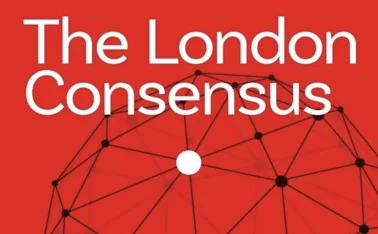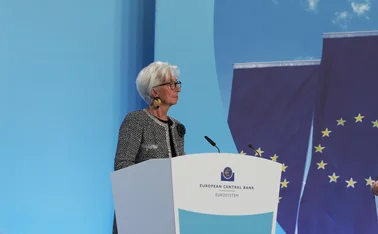
Navigating a new, complex economic environment

In 2021, net assets in exchange-traded funds (ETFs) stood at almost $10 trillion, after inflows of more than $1 trillion.
ETFs have risen in popularity among investors and may be of interest to central bank reserve managers in pursuit of safety, returns and liquidity. Central bank mandates vary, but all reserve managers must navigate a new, complex economic environment.
Central bankers worldwide are facing high inflation. GDP growth in many nations has been revised down. Uncertainty in markets continues.
In the wake of the Covid-19 pandemic, providing insurance against external shocks remained the most important investment objective for reserve managers. Conducting foreign exchange policy and servicing external debt are the second and third most important.
In its 2021 survey of 119 central banks, the World Bank also found that central bankers adapted their approaches. They perceived a potential need for higher reserves and put more weight on safety and liquidity. They also reduced duration and increased diversification.
Now, as the climate crisis unfolds, more central banks are adding sustainability as a key objective. ETFs may be a way of gaining exposure to assets in pursuit of this aim.
As part of this focus report, Central Banking asked reserve managers about their views on the short- to long-term investment landscape, ETFs and details about their strategies.
A key theme was that ETFs are an investment vehicle and much depends on the underlying assets. Market volatility is expected to persist, at least in the short term. Risk and return are seen as a feature of market factors.
Reserve managers said the benefits of using ETFs include cost efficiency, easy access, tax benefits, operational simplicity and liquidity. However, asset managers must also weigh the expense ratio – the measure of a fund’s assets needed to cover operating expenses that impact returns – and tracking errors – how closely an ETF tracks its benchmark index.
Uncertainty also remains around how ETFs behave when markets break down. Issuers point to price discovery that ETF markets enabled during the March 2020 ‘dash for cash’, but “we do not know how some ETFs would behave in times of acute market stress, should their holders all decide to liquidate their positions at the same time,” Malick Dioume of the Bank of Haiti tells Central Banking.
In the complex world of sustainable investing, benchmark data providers also shape the nature of ETFs, an issue explored in another section of this report.
Ultimately, ETFs, in their thematic design and the arbitrage mechanisms that rule their behaviour, also reflect the principles of their issuers.
We hope this report is informative for central bank reserve managers in deciding whether using ETFs will help them meet their mandates.
This feature forms part of the Central Banking focus report, ETFs in reserve management 2022
Only users who have a paid subscription or are part of a corporate subscription are able to print or copy content.
To access these options, along with all other subscription benefits, please contact info@centralbanking.com or view our subscription options here: subscriptions.centralbanking.com/subscribe
You are currently unable to print this content. Please contact info@centralbanking.com to find out more.
You are currently unable to copy this content. Please contact info@centralbanking.com to find out more.
Copyright Infopro Digital Limited. All rights reserved.
As outlined in our terms and conditions, https://www.infopro-digital.com/terms-and-conditions/subscriptions/ (point 2.4), printing is limited to a single copy.
If you would like to purchase additional rights please email info@centralbanking.com test test test
Copyright Infopro Digital Limited. All rights reserved.
You may share this content using our article tools. As outlined in our terms and conditions, https://www.infopro-digital.com/terms-and-conditions/subscriptions/ (clause 2.4), an Authorised User may only make one copy of the materials for their own personal use. You must also comply with the restrictions in clause 2.5.
If you would like to purchase additional rights please email info@centralbanking.com test test test








